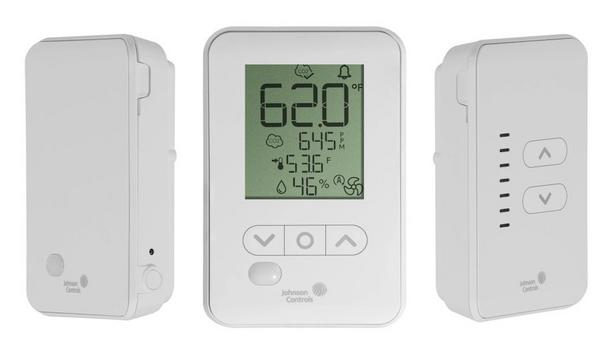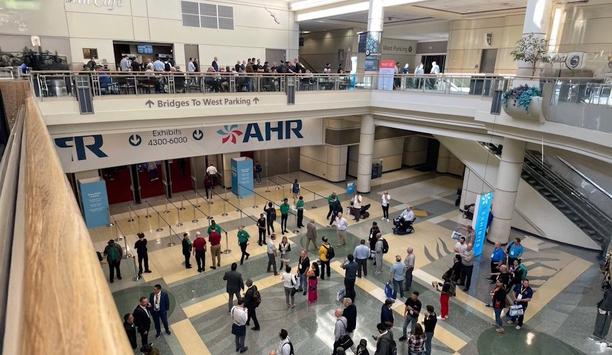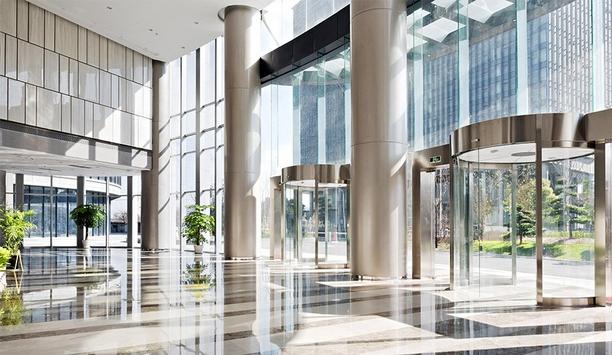As we look back at 2020, we are all reflecting on the year that was, and what we have learned from it. In the HVAC space, the year provided us with opportunities for growth and change, as we adjusted to our “new normal.” Here’s a look at some of the HVAC trends we see happening now taking hold as we head into 2021.
- Advancements and applications in indoor air quality - especially in HVAC space (SF / MF / CRE)
2020 was filled with starts and stops with regards to innovation. Covid-19 halted work in some facilities altogether earlier in the year. The pandemic has brought with it a re-energized interest in the air quality around us, especially in the public sector. There has been a newfound imperative in creating indoor air quality solutions that ensure that air is circulated, sanitized and purified to reduce the likelihood of the spread of sickness. This is a massive issue and 2021 will see growing efforts in these areas and the increased introduction of systems that will purify air quality.
HVAC building systems
- Continued push toward energy efficiency (mainly SF but also CRE)
Energy efficiency will be an ongoing issue into the foreseeable future. Once we have looked back at 2020’s carbon emission reductions (because fewer people were flying and driving) there will be no turning back. The same can be said for HVAC. Increased efficiency will continue to be an ongoing pursuit in 2021 and beyond. On average, HVAC appliances consume 48% of a household’s total energy usage.
The latest generation of smart thermostats that use the newer 410A refrigerant have brought about reduced energy consumption by up to 35% optimizing how HVAC building systems are operated (reducing the possibility of leaving the AC on too long, and when it’s not necessary to use).
convenience and energy savings
- Increase in supply chain management / platform services
HVAC services such as those that collect and manage data including HVAC unit age, efficiency and condition at the property and portfolio level will continue to see increased adoption. These convenience and energy savings they provide is being seen in the multi-family and commercial space, especially with some building owners having been grounded by the pandemic in 2020.
New construction had a role in expanding interest in HVAC asset tagging and helping it gain traction in the industry
The data gathered by these services can be used in the future to predict HVAC system failures with significant accuracy before they happen. The convenience and potential cost savings acquired by implementing these services will continue to push their popularity into 2021. Additionally, it is interesting to note that new construction in 2020 had a role in expanding interest in HVAC asset tagging and helping it gain traction in the industry.
Cataloguing HVAC assets ensures the follow up and guarantees that warranty registration holds and can help track future maintenance during a hold. At the time of sale, the current owner can present true data of the maintenance of these systems, which can increase the current value of the property and can also be used as a tool in negotiation.
performing regular maintenance
- Remote monitoring can be the end to end solution that completes the action behind the alert (CRE mainly)
Remote monitoring will continue to see adoption in 2021. Service providers will continue to rely less and less on clients identifying and reporting a problem a heating/cooling issue. The complaint from the tenant may come in some hours after the problem actually starts, and then by the time they get a service request completed, several hours more. And by the time the contractor is on the scene, it is likely more time has elapsed.
Remote monitoring also results in regular maintenance, extending the lifetime of a HVAC system. By proactively performing regular maintenance, the overall costs of maintaining a system can be reduced by 40 percent, in addition to ensuring that units are always using the least amount of energy necessary.
seamless customer experience
- Consolidation of HVAC services and equipment - the way people buy - turnkey integrated services
One stop shopping for HVAC services and equipment gained popularity in 2020
One stop shopping for HVAC services and equipment gained popularity in 2020 and we will continue to see increased traction in 2021. There are many reasons why developers what to buy equipment directly from the manufacturer, such as convenience, working with a supplier because of its reputation, cost and guarantees on product and services. As more developers buy equipment directly, these manufacturers are responding by helping out with mechanical drawings.
This process cuts down the supply chain, allows certainty that correct equipment is quoted, and saves money. The HVAC industry is also turning the corner in becoming more proactive in remediating failing assets and contractors are redoubling their efforts to provide a seamless customer experience increasing customer satisfaction for multi-family communities as well as other means of optimization of services that positively impact tenants, helping increase retention.
HVAC providers that can manage the entire process from installation, to job request to invoicing, even reporting and tracking for each job, will be increasingly in demand in 2021.



















